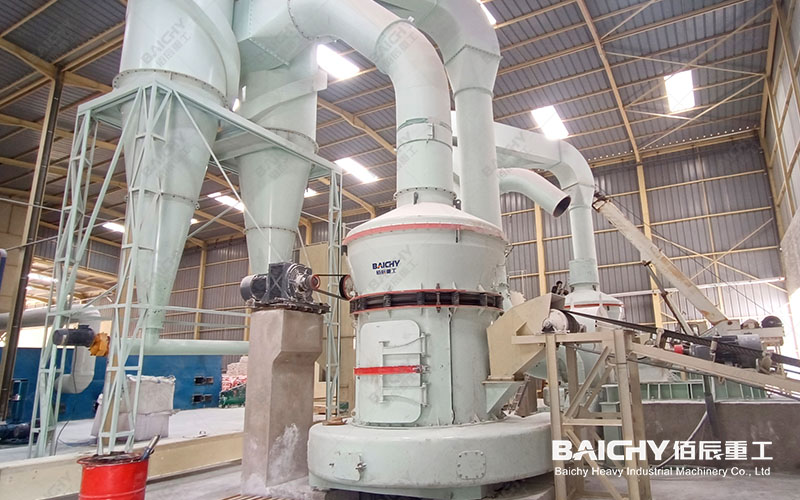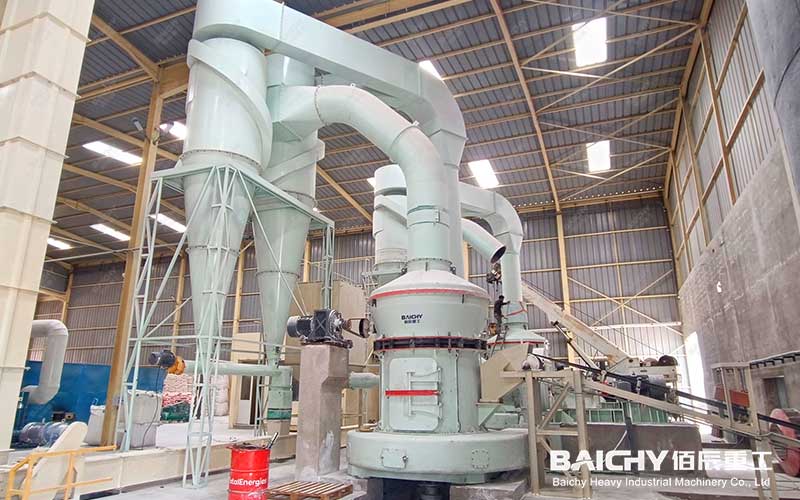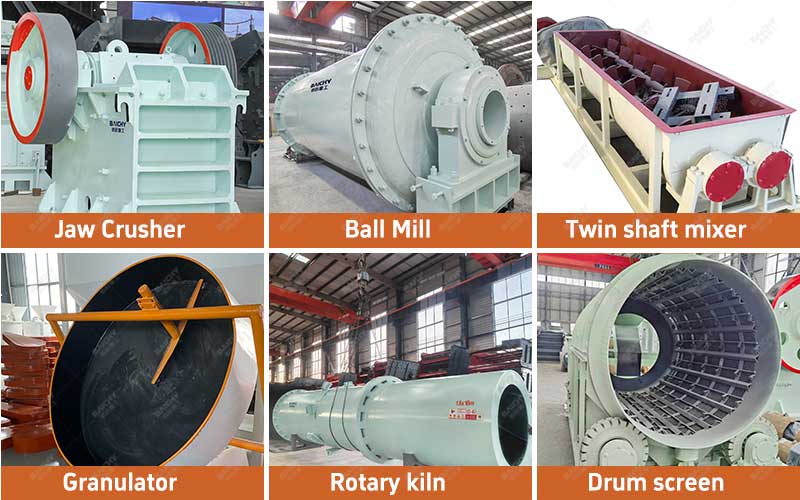
Ball mill is the key equipment for crushing materials after they are crushed. It can dry or wet grind various ores and other grindable materials. Here we mainly talk about the respective characteristics, applicable conditions and advantages of dry grinding and wet grinding.
The difference between wet ball milling and dry ball milling:just like the name, one needs water, the other does not. Structurally, the discharge port of a dry ball mill is a straight cylinder, while the discharge port of a wet ball mill is a trumpet shape.
Advantages of dry ball mill:
1.The dry ball mill adopts grate-type mill tail discharge, which is stable and free of abrasive particles. It does not require cooling of the cylinder, Dry grinding causes less wear on the liner and the medium.has a long service life and a low failure rate.
2 .The dry ball mill has many auxiliary equipment, which changes the original structure of the mill, combines the body and the base frame into one, and can be hung on the foundation plane at one time during installation. The main shaft is supported by double-row centripetal roller bearings, which can reduce energy consumption by 30%.
Advantages of wet ball mill:
1. Wet ball mill has superior performance, high grinding efficiency, low requirement for ore moisture content, and can process ores with high moisture content and high mud content.
2. Wet ball mill has few auxiliary equipment, simple material conveying device, and investment of about 5%-10%.
Finally, let’s talk about their respective scope of use.
1. When the particle size of the powder is not very fine, it will produce chemical reactions when it comes into contact with water, or the product after ball milling needs to be stored or sold in powder form (such as grinding of glazes and pigments), and when products such as tiles are pressed into shape, dry grinding is suitable. For example, in the production of cement, dry grinding must be selected instead of wet grinding.
2.If you want to grind the material with high fineness and it will not produce chemical reaction when it comes into contact with water, wet grinding is more suitable.









